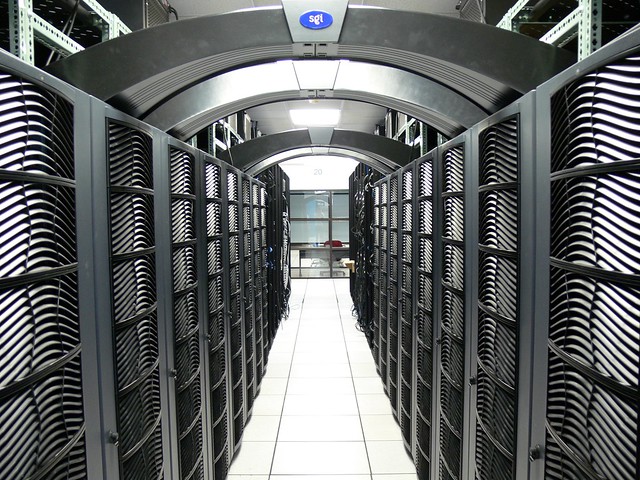
If you’ve been following this blog in the last couple of weeks you’ll have noticed that I have profiled a couple of data centre energy management companies – well, today it is the turn of Power Assure.
The last time I talked to Power Assure was two years ago and they were still very early stage. At that time I talked to co-founder and CTO, Clemens Pfeiffer, this time I spoke with Power Assure’s President and CEO, Brad Wurtz.
The spin that Power Assure put on their energy management software is that, not only do they offer their Dynamic Power Management solution which provides realtime monitoring and analytics of power consumption across multiple sites, but their Dynamic Power Optimization application automatically reduces power consumption.
How does it do that?
Well, according to Brad, clients put an appliance in each of the data centres they are interested in optimising (Power Assure’s target customer base are large organisations with multiple data centres – government, financial services, healthcare, insurance, telco’s, etc.). The appliance uses the management network to gather data – data may come from devices (servers, PDU’s, UPS’s, chillers, etc.) directly, or more frequently, it gathers data directly from multiple existing databases (i.e. a Tivoli db, a BMS, an existing power monitoring system, and/or inventory system) and performs Data Centre analytics on those data.
The optimisation module links into existing system management software to measures and track energy demand on a per applications basis in realtime. It then calculates the amount of compute capacity required to meet the service level agreements of that application and adds a little bit of headroom. From the compute it knows the number of servers needed, so it communicates with the load balancer (or hypervisor, depending on the data centre’s infrastructure) and adjusts the size of the server pool to meet the required demand.
Servers removed from the pool can be either power capped or put in sleep mode. As demand increases the servers can be brought fully online and the load balancer re-balanced so the enlarged pool can meet the new level of demand. This is the opposite of the smart grid demand response concept – this is supply-side management – matching your energy consumption (supply to the demand for compute resources).
A partnership with Intel means that future versions will be able to turn off and on individual components or cores to more precisely control power usage.
The software is agentless and interestingly, given the customer profile Brad outlined (pharmas, financial institutions, governments, etc.), customers log in to view and manage their power consumption data because it is SaaS delivered.
The two case studies on their site make for interesting reading and show reductions in power consumption from 56% – 68% which are not to be sneezed at.
The one client referred to in the call is NASA and Power Assure are involved in a data centre consolidation program with them. Based on the work they have done with Power Assure, Brad informed me that NASA now expects to be able to consolidate their current 75 Data Centres significantly. That’ll make a fascinating case study!
You should follow me on Twitter here
Photo credit cbowns

